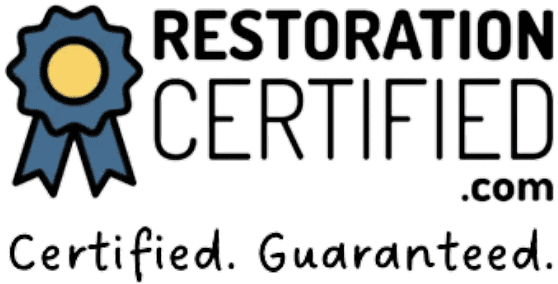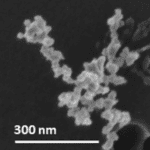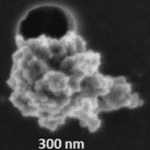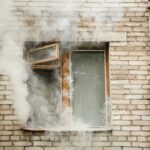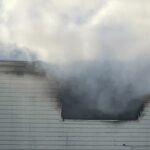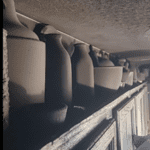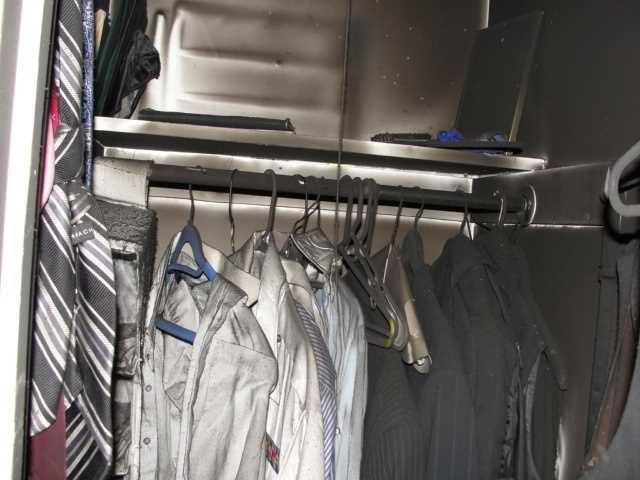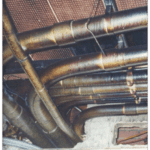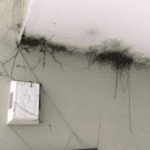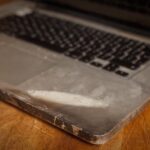Understanding Fire-Related Smoke Residue:
Part 1 - Attraction
Author: Jessika James
Fire-related smoke particles, also known as “particles of incomplete combustion” (PICs), are incredibly small. According to the US Environmental Protection Agency (EPA) these PIC’s are typically around 2.5 microns or smaller. For fire damage restoration and deodorization professionals understanding the size and behavior of these particles is crucial, and an essential part of ensuring that hidden or hard-to-reach areas are thoroughly inspected, assessed, and all decontaminated.
The Importance of Particle Size and Attraction
Due to their minuscule size and inherent properties smoke residues can densely accumulate in specific areas creating hidden pockets of odor within structural voids, cavities, penetrations, and into fine fissures or cracks of structural materials and content items. This blog will discuss the basics of the mechanisms behind how these particles are attracted to particular areas, surfaces, and materials, shedding light on their behavior and the impact on professional fire damage restoration, contents processing, and deodorization services.
Smoke Behavior
The behavior of smoke and its residues (PIC’s) during a fire is influenced by several factors, including temperature differences and material properties. First, let’s discuss several basic key facts about temperature.
Thermophoresis: This is the transport force that occurs due to the presence of the temperature gradient in the air mass during the combustion process and causes smoke particles to migrate toward cooler areas and surfaces. As a result, residues migrate to cooler areas of the structure such as windows, exterior walls, and closets.
Heat Transfer: The Second Law of Thermodynamics states that heat will spontaneously flow from an object at a higher temperature to an object at a lower temperature - or simply explained, hot particles of incomplete combustion (PICs) will be attracted to and layer more heavily on cooler surfaces and contents such as glass, glazed ceramics, and metals.
Next, let’s discuss structural and contents surfaces, and how items can be affected due to porosity, and surface material conditions such as magnetism, electrostatic charge, and ionization.
Porosity and PIC Penetration
Surfaces that are porous tend to suffer more contamination damage during a fire due to heat penetration and potential soil embedding. Several mechanisms can cause extensive damages:
Airflow Penetration: Airflow can carry smoke residues into the deeper parts of porous materials. When smoke-laden air comes into contact with porous surfaces, it can force particles into the tiny openings and crevices.
Thermal Expansion and Contraction: Heat from the fire can cause porous materials to expand, allowing smoke particles to penetrate deeper. As the material cools and contracts, it can trap these particles within its structure.
Diffusion: Due to their small size smoke residue can diffuse into the tiny pores of materials and surfaces. This process is driven by the “concentration gradient”, where particles naturally move from areas of higher concentration (the surface) to areas of lower concentration (within the material), and can be exacerbated by thermophoresis.
Capillary Action: In porous materials, capillary action can draw smoke residues deeper into the material. This occurs because the fine pores act like capillaries, pulling in PIC’s through surface tension and elemental cohesive forces.
When porous materials such as fabrics or textiles are on top of, or covering, a fire-residue attracting surface, the attraction can pull residues deeply into the material or surface potentially causing “smoke staining”. An example of this may be clothing hanging on wire or plastic coat hangers, or a tablecloth on a glass table. Smoke residues can penetrate more deeply into porous structural materials and contents surfaces through several attracting mechanisms:
Metallic Surfaces: During the process of the fire, soot particles can become magnetized causing them to be attracted to metal surfaces. This results in a noticeable residue buildup on surfaces such as metal pipes, nail heads ("nail pops"), kitchen appliances, wire coat hangers, and other metal-containing surfaces.
Plastic Surfaces: Plastics, being poor conductors of electricity, tend to accumulate a static charge. This static charge attracts fire-related residues causing noticeable buildup on items like electronic housings, dry-cleaning garment bags, household plastic goods and appliances, plastic furniture, and synthetic fabrics such as olefin and polyester. Structural surfaces such as acrylic shower surrounds, fiberglass skylights, and vinyl siding, flooring, and pipes can also be more heavily affected by static attraction.
Certification and Training
Are you looking to become an IICRC Certified Fire and Smoke Restoration Technician or Odor Control Technician? Join our upcoming online FSRT and OCT Combo classes to gain a deeper understanding of the topics covered in this blog. Our courses, taught by award-winning instructors, provide comprehensive training in fire and smoke damage restoration and odor control.
Our school offers you the convenience of online classes, allowing you to learn from anywhere. For more information or to enroll, click here. If you have any questions, feel free to call us at 725-777-1746 or email us at help@restorationcertified.com.

